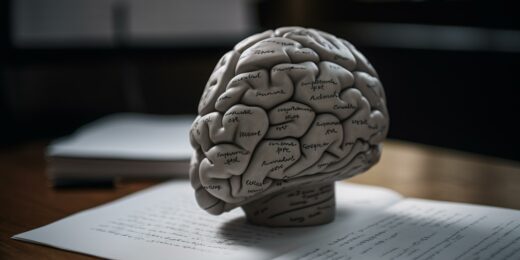Although the serotonin system — which helps regulate mood and social behavior, appetite and digestion, sleep, memory and motor skills — is critical to so many functions in the human body, its underlying organization and properties are not well understood. Past studies have even reported divergent results.
New research that appears in Cell may help clear up this confusion. Stanford biologist Liqun Luo, PhD, discovered the serotonin system is actually composed of multiple parallel subsystems that function differently, at times in opposing ways.
“The field’s understanding of the serotonin system was like the story of the blind men touching the elephant,” Luo said in a recent Stanford news release. “Scientists were discovering distinct functions of serotonin in the brain and attributing them to a monolithic serotonin system, which at least partly accounts for the controversy about what serotonin actually does. This study allows us to see different parts of the elephant at the same time.”
Luo’s team studied the dorsal raphe, a region of the brainstem containing a high concentration of serotonin-producing neurons, in mice. They injected this region's nerve fibers with a modified virus engineered to exhibit bright green fluorescence — allowing them to image and trace how the dorsal raphe’s neurons are connected to other regions in the brain. They observed two distinct groups of neurons in the dorsal raphe.
Using behavioral tests, they then determined that these two neuron groups sometimes responded differently to stimuli. For instance, in response to a mild punishment, neurons from the two groups showed opposite responses.
The researchers also found these neurons released the chemical glutamate in addition to serotonin, raising the question of whether they should even be called serotonin neurons.
These research findings have the potential for wide-ranging clinical applications, including the development of better drugs to treat depression and anxiety. Currently, the most commonly prescribed type of antidepressant are selective serotonin reuptake inhibitors (SSRIs), which target the serotonin system. However, some people can’t tolerate the side effects from SSRI antidepressants. A better understanding of the serotonin system may help.
“If we can target the relevant pathways of the serotonin system individually, then we may be able to eliminate the unwanted side effects and treat only the disorder,” said study lead author Jing Ren, PhD, a postdoctoral fellow in Luo’s lab.
Image by Pablo García Saldaña






